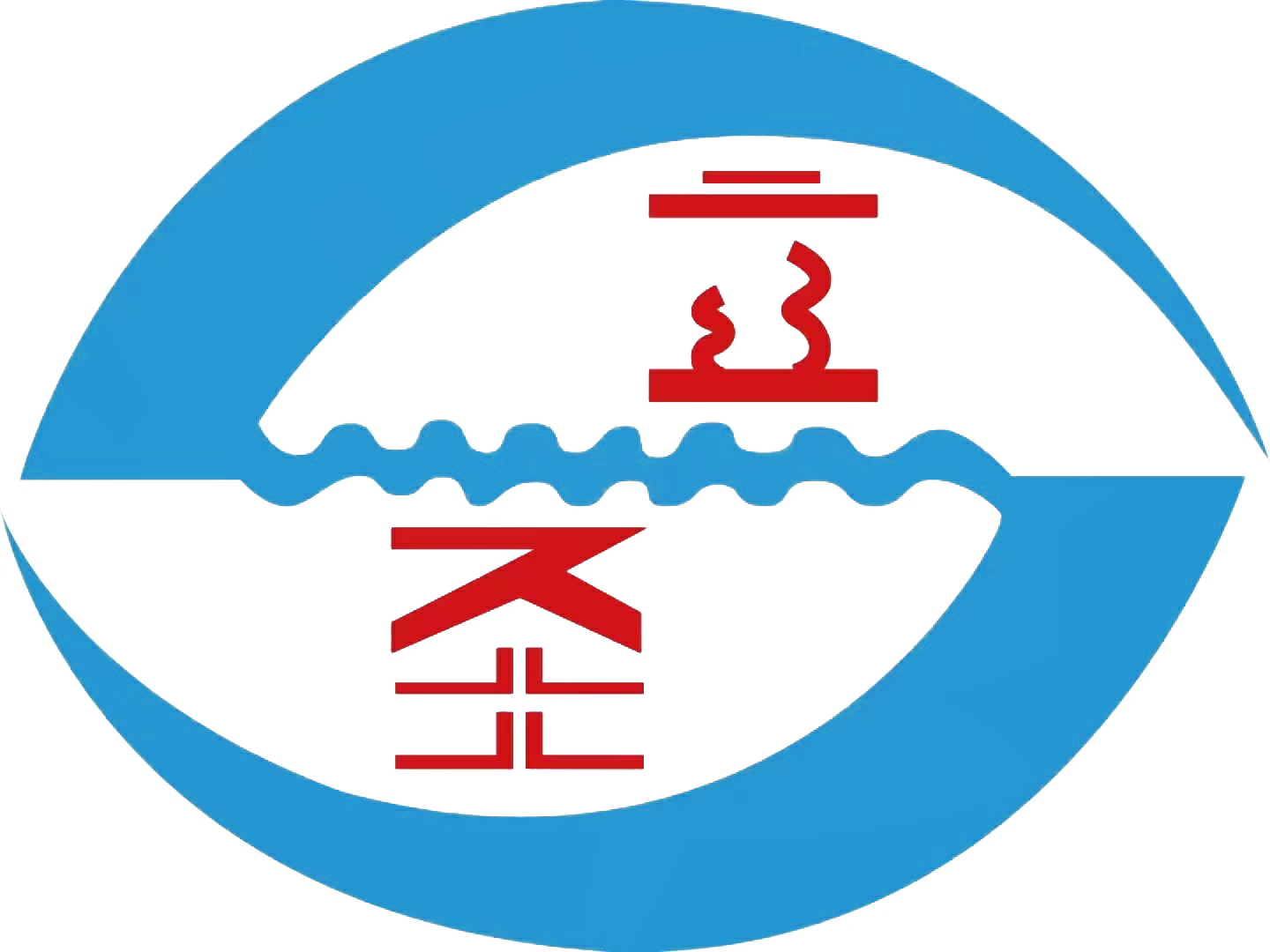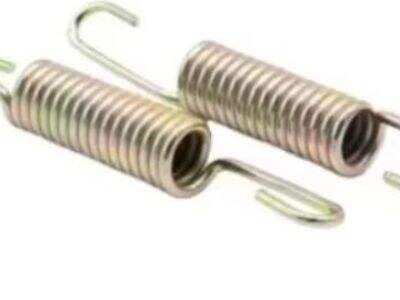While it may be intimidating when designing a V-shaped flat spring, we put together a little guide to get you on your way and have some fun with the process., we will go over designing a V-shaped flat spring that delivers ideal force and deflection in all sorts of applications.
Know about V shaped flat spring design concept
Before continuing on with the design, we need to know how flat springs V-shaped are designed in principle. A V-shaped flat spring V-shaped is a kind of mechanical spring in the shape of the letter V. In this design the spring can distort and bend under the application of force, and allows for the desired deflection by storing potential energy or absorbing shock.
Force and deflection in V-flat springs Fore vs Deflection vs Width vs.. (too long)
So the force and deflection should be considered in the design of the V-shaped flat spring to achieve the best performance. Force is simply the amount of load or weight the spring is capable of supporting, while deflection is the amount the spring can move/bend. “You have to balance those two things,” she said, “in order to make something that behaves like a V-shape flat spring, which is flat and strong and flexible.”
Some suggestions on improving performance of V-flat spring design
Check it out: how to maximize the performance of a V shaped Flat Spring Here are some tips to get the most of your V shaped flat spring:
Material Selection : The material used to make a flat spring is critical to obtaining the desired force and deflection. Materials that are frequently used for V-shaped flat springs are stainless steel or high-carbon steel which are durable and have high strength.
Find the right sizes: The measurement of the V-shape flat spring, including its thickness, width, and length, can affect how your tool works. Through careful consideration of the dimensions, based on the application, the user can design the spring to have the force and deflection it needs.
Consider the environment: consider the operating environment of the V-shaped flat spring, environmental factors such as temperature, and humidity, and whether it is in contact with a chemical substance or subjected to some other substance. Selecting a material capable of withstanding these conditions will ensure that the spring lasts as long as possible, and that it performs as effectively as it should.
Designing a flat V-shape spring for best performance: what to consider
when you want to make V-cut flat spring to work in the most efficient way there are some factors to be cleared just as follow.
Load: It is important to decide on what exactly the load is that your application requires, in order for the V groove flat spring to be able to support the weight or force and not deform or break it.
Deflection constraints: Determine the maximum allowable deflection of the V-shaped flat spring to avoid overloading and to provide consistent performance over time.
Stress distribution All attempts should be made to distribute the loading carried by the V-shaped flat spring (to reduce stress point and potential weak points).
Well-designed V flat spring for best force and deflection
By adhering to this guidance and investing the effort to design a V-shaped flat spring properly, you can realize the ideal amount of force and deflection for your individual application. Remember, testing the spring is must to ensure that it complies with the requirements and only then make the correction. With the right process, and attention to detail, you can produce a V shaped flat spring that will perform for years.
~- In summary, optimizing a V-shaped flat spring for force and deflection may require careful planning and consideration of many factors. Once you are familiar with the basic principles of V shaped flat spring design, force-deflection tuning, performance enhancement and consideration of the critical factors, Á well designed flat spring that fulfills your specific application needs would have been designed. When you need a dependable partner who can provide you with high-quality v-shaped flat springs, choose Lisheng!

